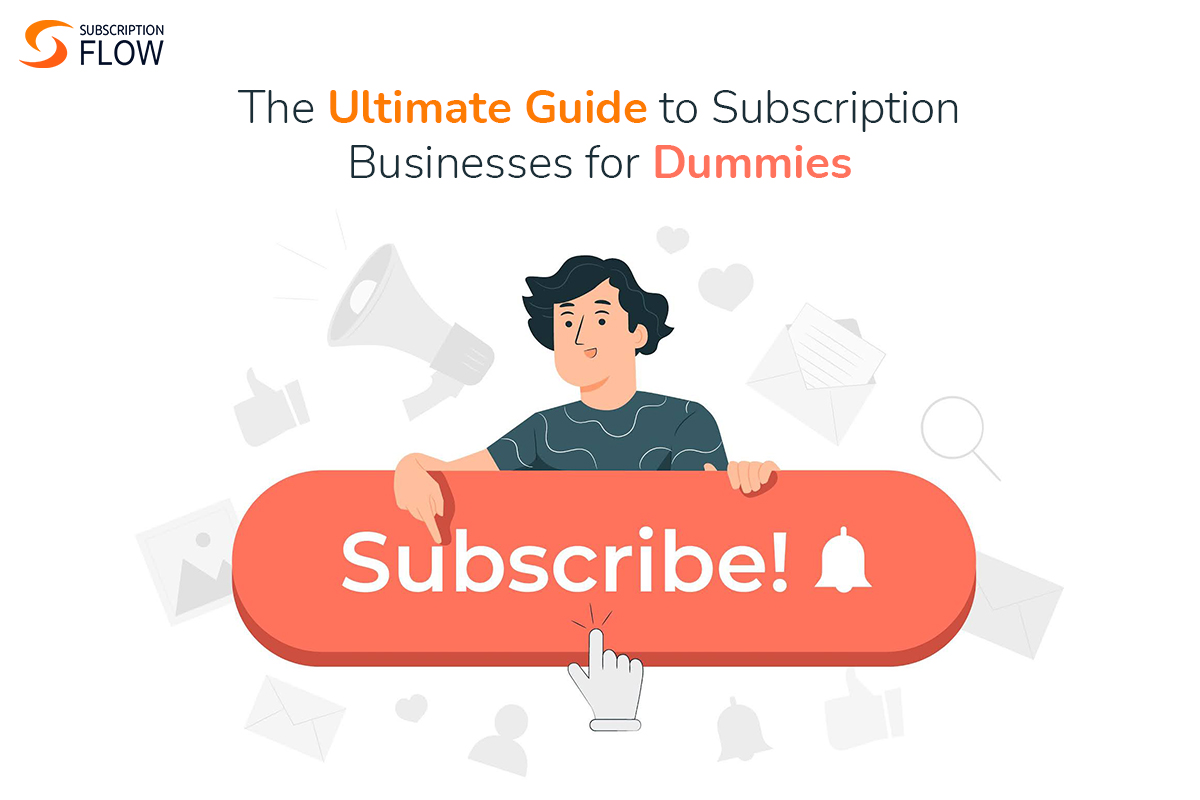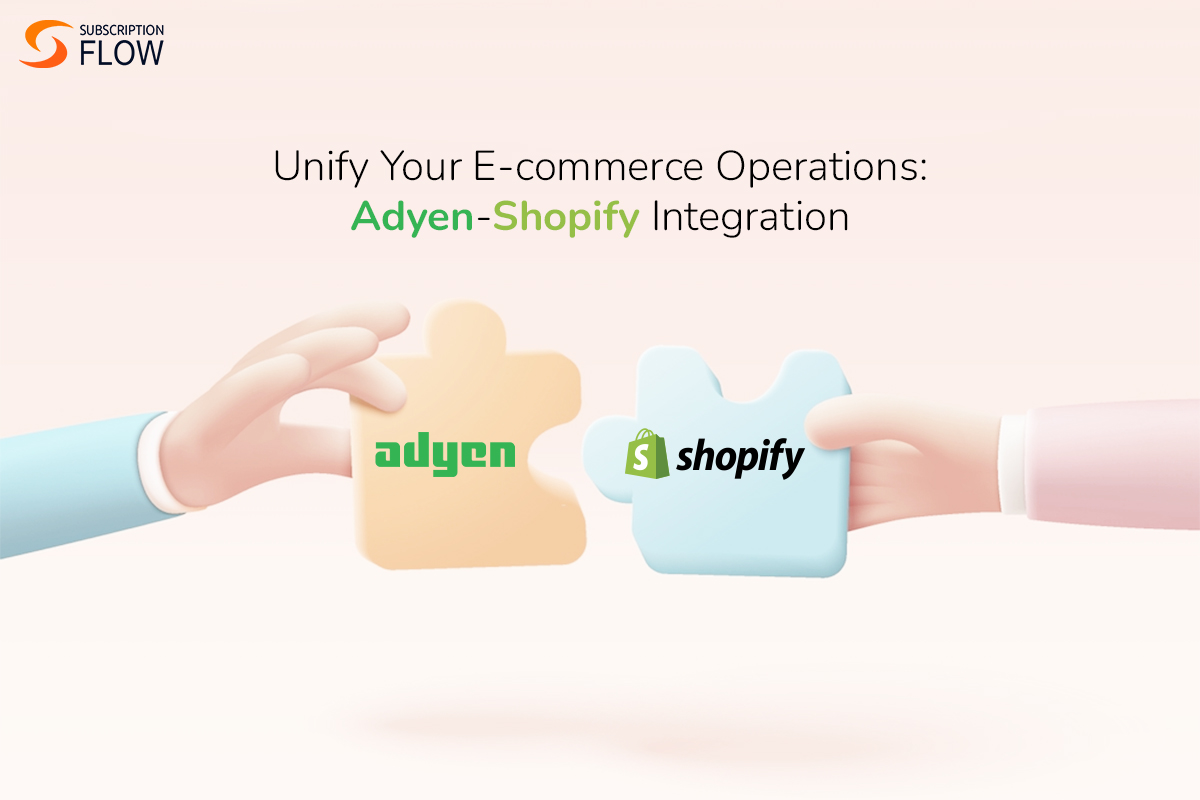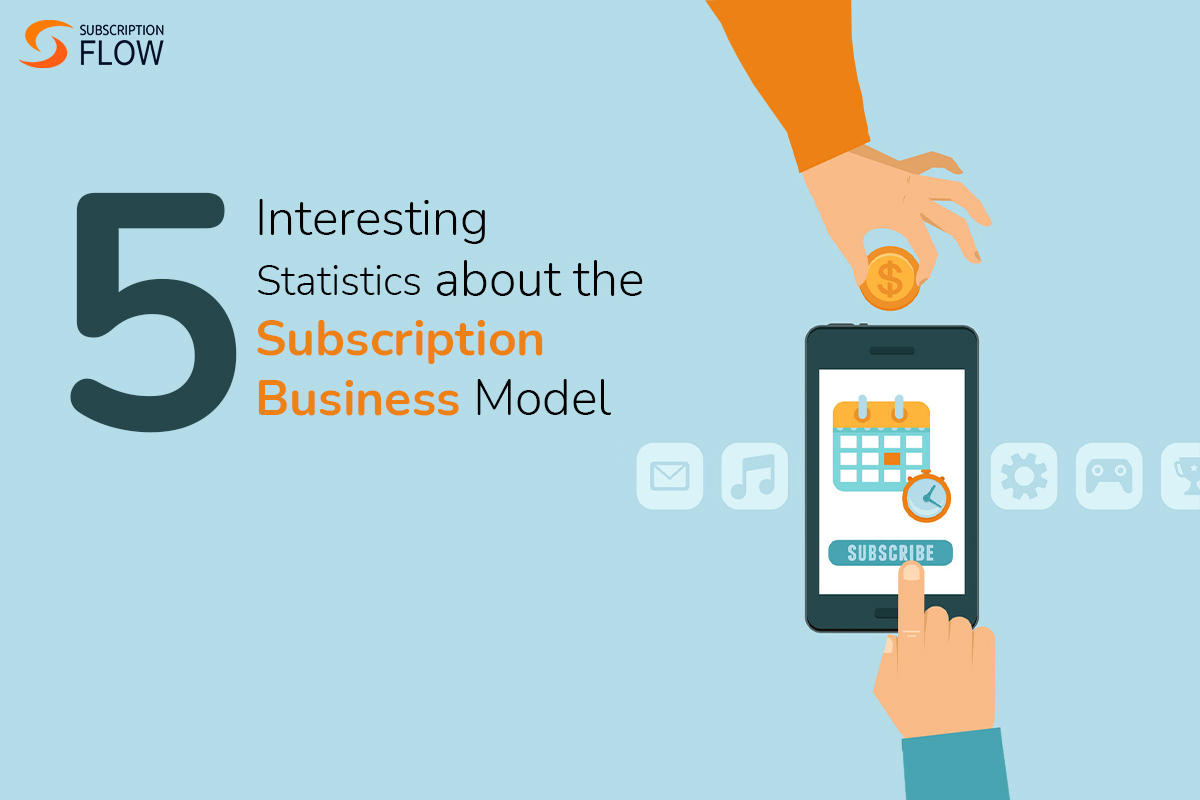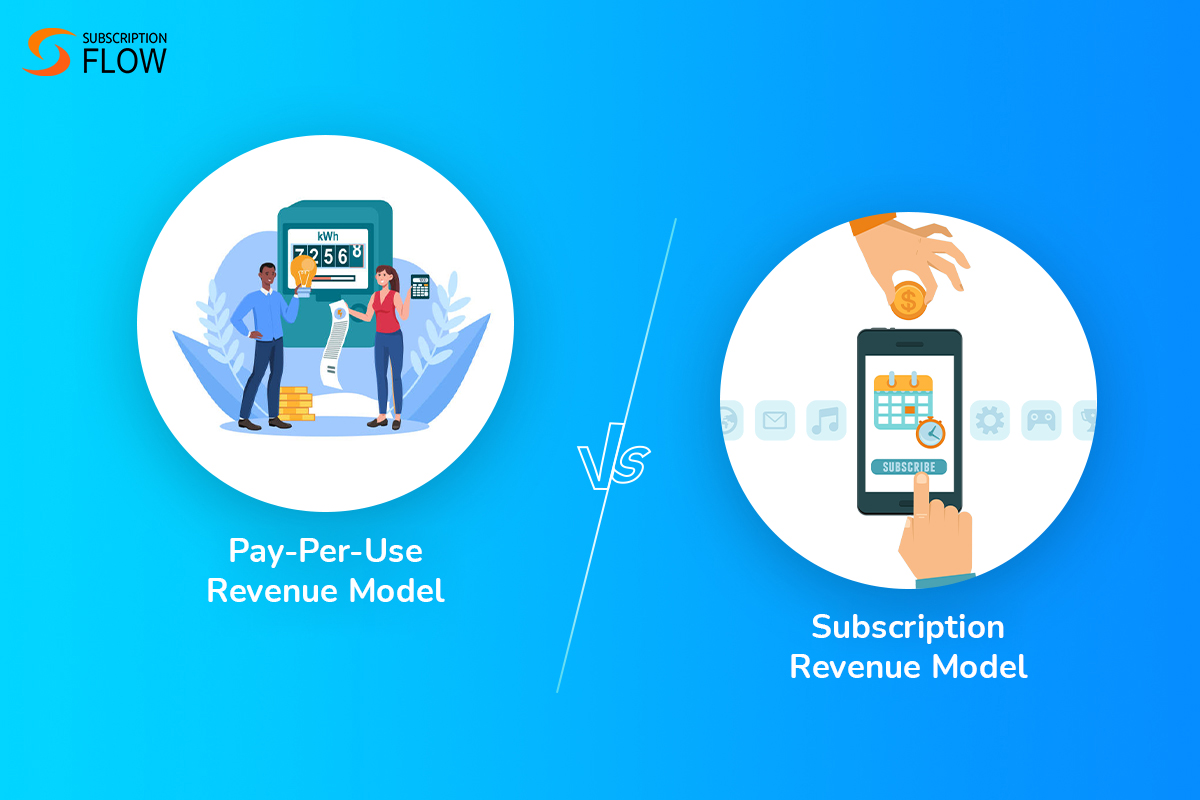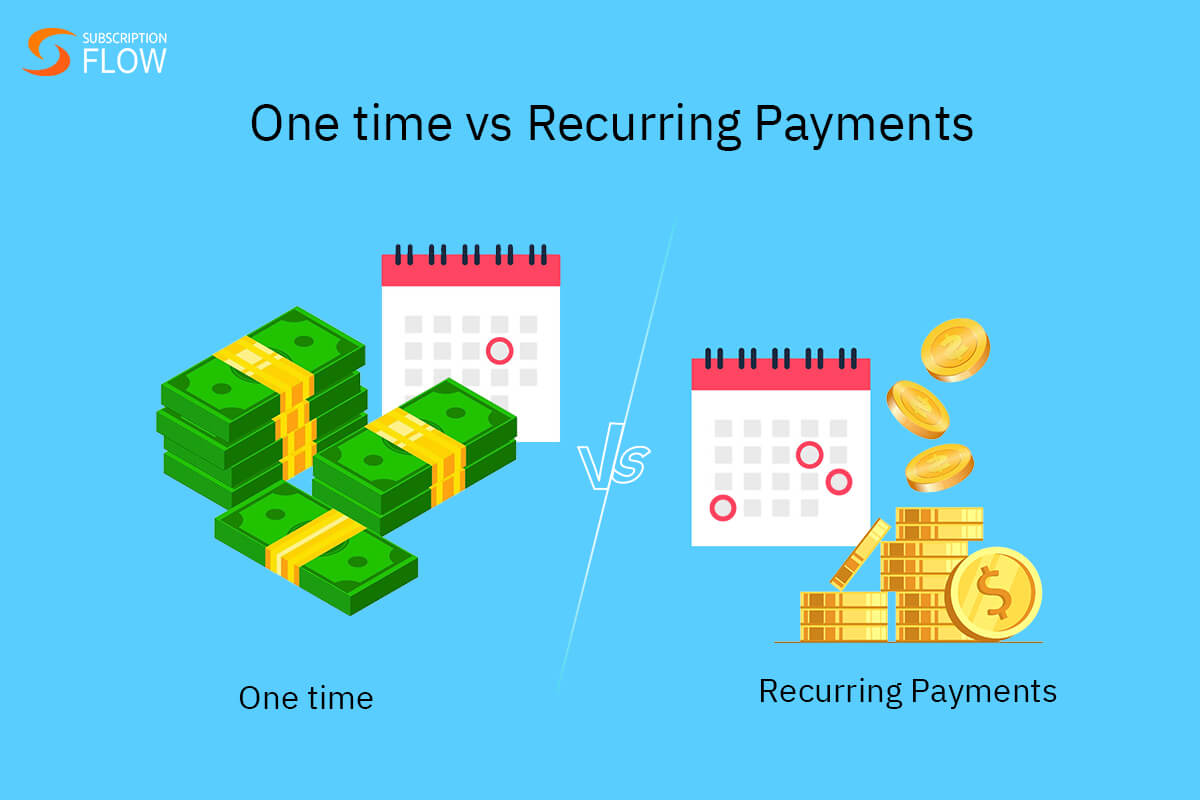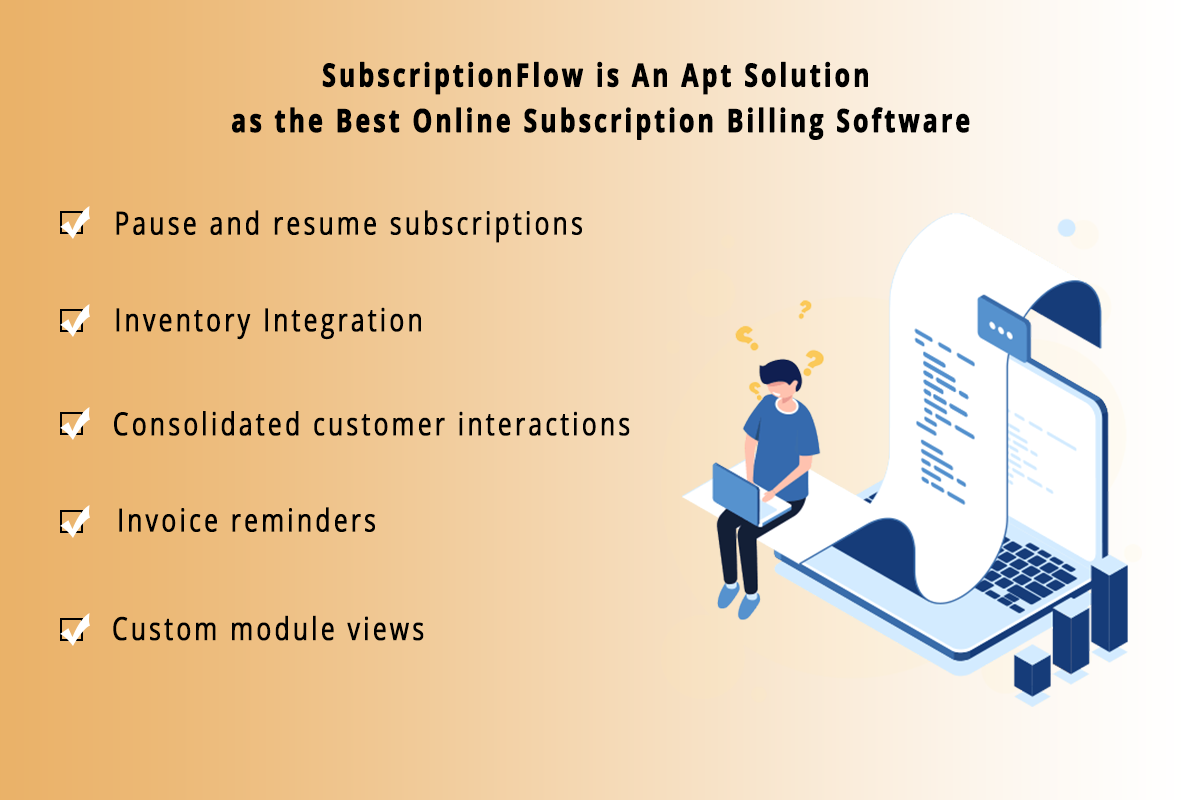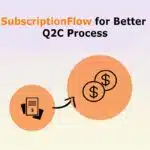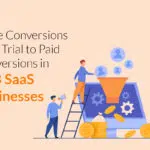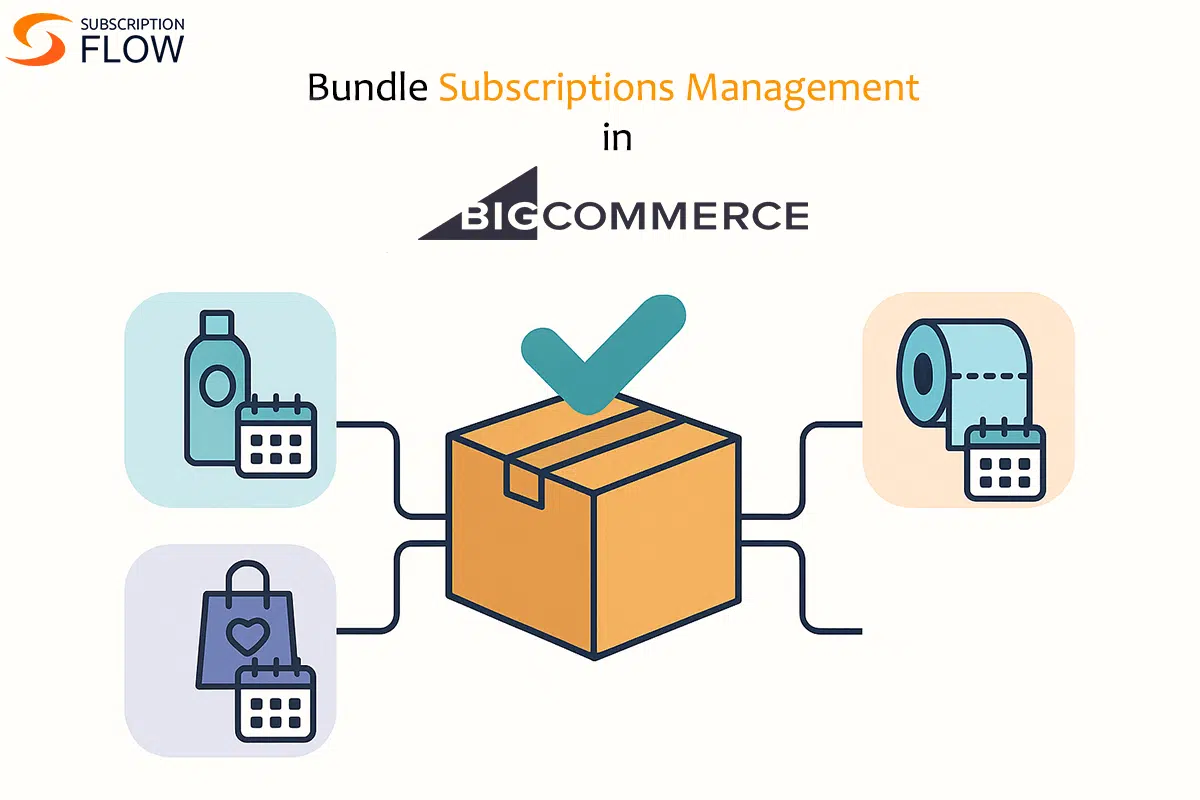
How to Manage Bundle Subscriptions in BigCommerce—Without Breaking a Sweat
Bundle subscriptions are trending due to their convenience and personalization. Shoppers love both. They can pick any type and number of products, and box them into one subscription bundle. It saves them from the effort, time, and cost that goes into subscribing to all the products separately.
For BigCommerce merchants, bundle subscriptions can be revolutionary, helping them grow revenue while giving customers something new to love. But bundle subscriptions require management, and BigCommerce’s native functions are not designed for that. Merchants require the SubscriptionFlow plugin to fully leverage this model. Let’s dive into the why and how.
Why bundle subscriptions are trending
Subscription commerce is already popular, and widely adopted by hundreds of industries. The bundle subscriptions model just takes this popularity further, making customer experience more flexible than ever. In this model customers not only subscribe, they essentially create their own subscription. These are the three reasons why bundle subscriptions are popular among customers:
Personalization: Customers get to hand-pick the items they want to subscribe to. Some stores don’t allow that level of flexibility, but still personalize boxes based on the customer’s preferences, and their most browsed products. And what’s personalized is proven to sell better.
Cost-effectiveness: Bundles usually come with their own price tags, and these prices often reflect discounts. Buying a bundle with ten items is typically cheaper than buying those ten items separately. Multiple individual subscriptions to products can be very costly. Therefore, customers can leverage the bundle option, and eliminate the unnecessary costs.
Convenience: If a customer needs multiple product subscriptions from a store, it’s more likely for them to choose a bundle that fulfills all their needs. Why? Because solo subscriptions are not only expensive, but also inconvenient. Paying for every product individually, and more than once a month since billing dates are not the same, is clumsy and confuses the customer on what they paid and what they still owe. On the other hand, a subscription bundle charges customers for all the chosen products at the same time.
Why BigCommerce merchants should adopt this trend
Bundle subscriptions are compelling to offer as they attract customers toward a fresh and engaging purchase experience. This is how they benefit merchants:
- AOV is increased
Bundle subscription plans have higher order value compared to single-item subscriptions. They encourage customers to spend more. Products are usually bundled together on the basis of similarity.
Complimenting items or services are packed together in the same bundle to increase its perceptive value. If customers subscribe to bundles, they naturally pay more, without the need for extra marketing efforts.
- Cross selling is facilitated
Merchants get to increase sales across their product portfolio. They can do this by either bundling the complimentary products together, or their most popular picks. They can also sell hybrid bundle types that include some fixed and some variable items.
This way, merchants can sell the products of their choice, while also letting customers personalize the bundle with their own picks.
- Less popular items can be given the spotlight
It’s common for stores to have some products that are overshadowed by their most popular items. These products sell a lot less, and end up sitting in inventory for a long period. Bundle subscriptions present the perfect opportunity to bring products like these to spotlight.
They can be put in the same bundle as the most popular items. Or, they can be sold as fixed items in hybrid subscription packages. This way, they can be explored by the customers better.
Where BigCommerce falls short
BigCommerce merchants have to rely on third-party plugins for even their basic subscription setup. And subscription bundles are far more complicated. These are some ways in which BigCommerce falls short for bundle subscription management:
- No recurring payment and bundling logic
There’s no native recurring payment setting. Meaning, merchants have to keep spreadsheet records of each customer’s payment dates, amounts, and cycles. And that’s not all. For bundle subscriptions, they also have to manually track products that go in a customer’s bundle.
- Checkout isn’t tailored for bundle subscriptions
A subscription bundle can only be presented as a single item on the store-front. Merchants have to deal with all the backend operations themselves. Since BigCommerce doesn’t support subscription operations itself, it’s checkout is also one-time payment oriented.
This means that there’s no functionality for letting customers edit their bundles, or build their own bundles from scratch. They can only be offered fixed bundles to purchase.
- Recurring order issues
BigCommerce does allow product bundling, but only for one-time packages. Therefore, it can’t track inventory for products that have to be packed and shipped on a recurring basis. This just means extra work for merchants, as they have to ensure they don’t end up overselling or understocking.
- Billing can get complicated
Merchants need to handle recurring billing themselves. On top of that, they also have to manage billing adjustments manually. For instance, if a customer decides to upgrade their bundle from 5 items to 7 items, the merchant needs to issue them a new invoice, and update their billing date.
Plus, there’s no automatic proration available. This means that there’s no easy way to go about refunds, and mid-cycle plan changes. And such billing adjustments certainly can’t be handled in real-time.
- Difficult to gauge bundle performance
BigCommerce doesn’t offer insights into bundle subscriptions. Merchants can’t monitor their revenue figures in real-time, or their bundle renewal rates, or most or least selling combinations. All these are important metrics for the improvement of the bundle subscription strategy.
How SubscriptionFlow activates seamless bundle subscriptions in BigCommerce
SubscriptionFlow gives merchants everything that BigCommerce natively lacks. By getting this plugin, merchants unlock a complete suite of features to automate their bundle subscriptions management. This is what the suite includes:
- Automatic billing cycles
Recurring billing is the core part of any subscription model. And merchants don’t need to bill manually anymore. With SubscriptionFlow, they can set up various billing cycles and link them to bundle subscription plans. Once a plan is activated for a customer, the software ensures that they are billed right according to their schedule. No tracking or customer chasing needed.
- Automatic renewals and reminders
Customers can always be sent payment reminders before their billing dates arrive. This helps them plan for the charges in advance. Once billing is successful, there’s nothing else that stands in the way of renewal.
Customers are renewed automatically, and their renewal triggers their fulfillment processes too. Merchants get fulfillment reminders that facilitate timely bundle packing and shipping.
- Inventory management for bundled items
All items inside a bundle can be tracked as one unit in the inventory. After all, they need to be shipped together on a recurring basis. So merchants cannot afford to have bundled items in uneven amounts, as it can cause problems for future bundling. They can also track all items separately, for non-bundle orders.
- Build your own bundle functionality
With SubscriptionFlow connected to your store, you can do a lot more than offering fixed bundles only. Your customers can easily select multiple items from your store and use them to create their own bundles. For such custom bundles, charges are automatically calculated in real-time.
- Checkout that allows bundle editing
SubscriptionFlow’s checkout actively supports bundle subscription plans. It lets customers view their chosen bundle items, and also allows them to remove or replace them. So users don’t have to visit the store again to make such changes. They can conveniently do that on the checkout page, right before they pay. When they remove or replace items, their charges are also updated accordingly.
- Self-service portals for increased customer control
Customers get access to self-service portals where they can manage their subscription in various ways. That includes cancelling and pausing subscription, changing payment method and updating subscription plan or bundle. Customers can also choose to skip their order for a month, and then re-join without having to unsubscribe first.
- Support for automatic account upgrades
Every time a customer uses their portal to change their account or plan settings, the changes are registered by SubscriptionFlow. It updates the customer’s account on the merchant’s dashboard as well to keep both customers and the merchant on the same page.
Moreover, if there is any sort of billing adjustment needed, the software handles that itself, and generates invoices that reflect the latest updates.
BigCommerce has its limitations, but don’t let that hold you back. Get the SubscriptionFlow BigCommerce integration today, and offer the best bundle subscription experiences.

